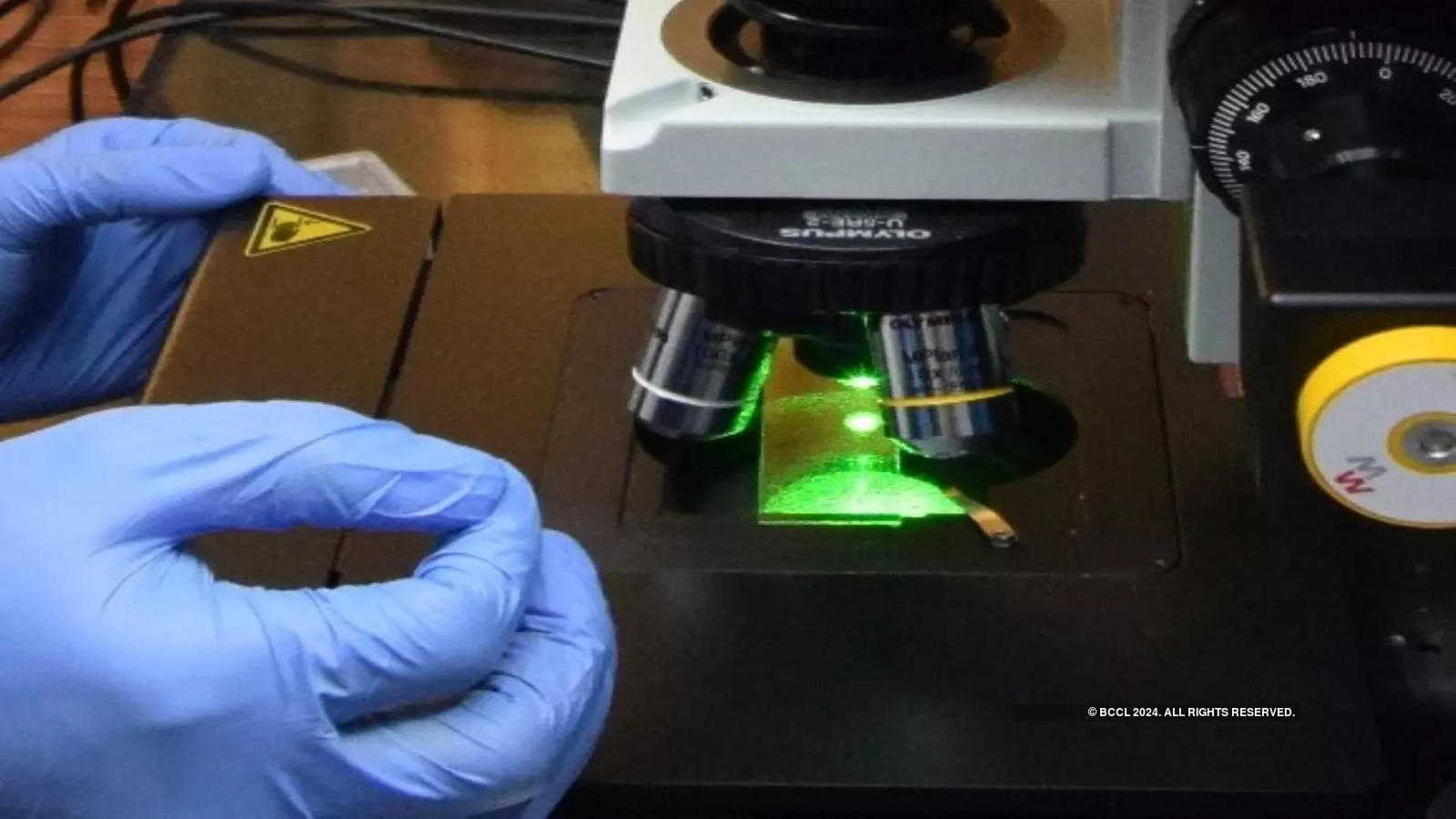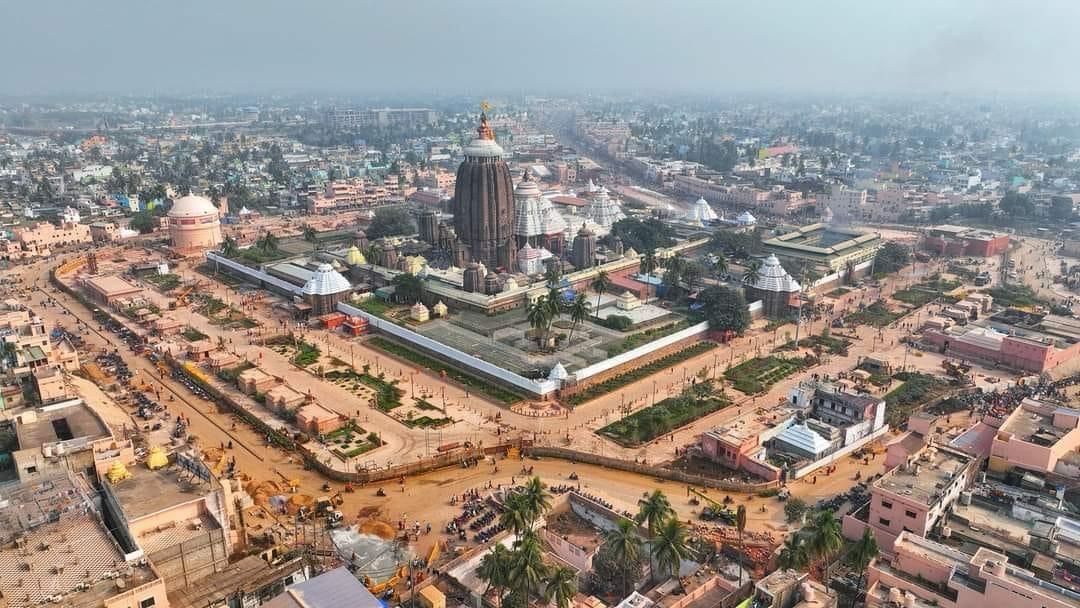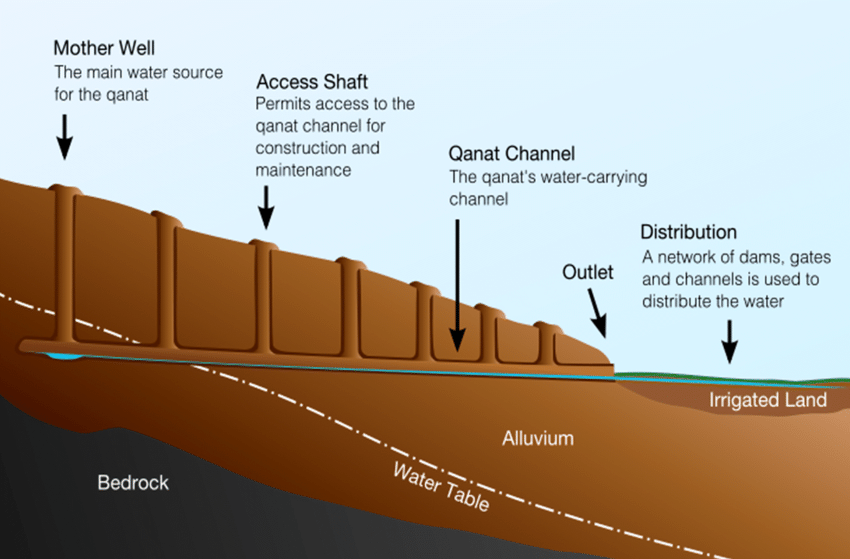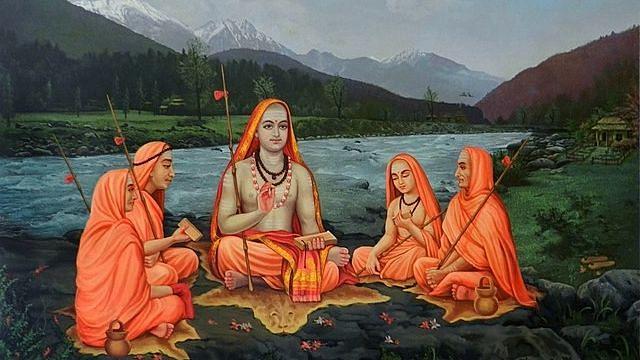India’s first graphene centre becomes reality (Indian Express)

- 18 Jan 2024
Why is it in the News?
The Union government recently launched India’s first graphene centre ‘India Innovation Centre for Graphene (IICG)’ at Maker Village Kochi.
About India Innovation Centre for Graphene (IICG):
- India Innovation Centre for Graphene (IICG) is India’s first Graphene Centre.
- It is a joint venture of the Digital University of Kerala, the Centre for Materials for Electronics Technology (C-MET) and Tata Steel Limited.
- Key Aspects: IICG is committed to advancing research and development, fostering product innovation, and enhancing capacity building in the field of Graphene and two-dimensional materials (2DM).
- With a vision to bridge the gap between research and commercialization, IICG actively supports the Graphene-Aurora program initiated by the Ministry of Electronics and Information Technology (MeitY).
- This program aims to provide a comprehensive facility for startups and industries to facilitate seamless progression from research and development to commercialization.
About Graphene:
- Graphene is a one-atom-thick layer of carbon atoms arranged in a hexagonal lattice, serves as the fundamental building block of Graphite, utilized in various applications, including pencil tips.
- Scientists first isolated Graphene in 2004.
Properties of Graphene:
- Recognized as the world's thinnest material, Graphene boasts a thickness of only one atom, making it one million times thinner than human hair.
- Despite its extreme thinness, Graphene exhibits exceptional strength, surpassing even steel and diamond.
- It functions as an outstanding conductor of both heat and electricity, surpassing copper in electrical conductivity.
- Remarkably transparent, Graphene absorbs only 2% of light.
- Impermeable to gases, including lightweight gases like hydrogen and helium.
Applications:
- Mechanical Strength: Used to enhance the strength of various materials.
- Thermal Applications: Ideal for creating heat-spreading solutions, such as heat sinks or heat dissipation films.
- This has applications in microelectronics (e.g., improving the efficiency and lifespan of LED lighting) and larger applications like thermal foils for mobile devices.
- Energy Storage: Due to its minimal thickness, Graphene possesses an exceptionally high surface-area-to-volume ratio, making it promising for use in batteries and supercapacitors.
- It holds the potential to enable energy storage devices, including batteries, supercapacitors, and fuel cells, with increased energy storage capacity and faster charging capabilities.
- Future Potential: Graphene shows promise in various potential applications, including anti-corrosion coatings and paints, precise sensors, efficient electronics, flexible displays, solar panels, accelerated DNA sequencing, drug delivery systems, and more.
Telangana signs agreement with WEF for setting up C4IR in Hyderabad (The Hindu)

- 18 Jan 2024
Why is it in the News?
Recently, Telangana has signed an agreement with the World Economic Forum (WEF) to establish the Centre for Fourth Industrial Revolution (C4IR) in the state capital, Hyderabad.
About the Centre for Fourth Industrial Revolution (C4IR):
- C4IR is a global initiative of the World Economic Forum (WEF) to collaborate with governments, businesses, academia, and civil society to address the challenges and opportunities posed by the Fourth Industrial Revolution (4IR).
- The focus of this collaboration is to use technology for advancements in the life sciences and healthcare sector, particularly aiming to meet healthcare targets for the state’s population.
- Telangana aims to become a hub for health technology and a global centre for healthcare services.
About Fourth Industrial Revolution (4IR):
- Klaus Schwab, the executive chairperson of the World Economic Forum (WEF), coined the term 4IR in 2016.
- This term refers to advancements in artificial intelligence, machine learning, 5G technology, the Internet of Things, robotics, biotechnology, quantum computing, and more.
- These technologies offer new possibilities for organizations, allowing them to dream big and expand into areas that were previously unimaginable.
The World Economic Forum
- The World Economic Forum is the International Organization for Public-Private Cooperation.
- The Forum engages the foremost political, business, cultural and other leaders of society to shape global, regional and industry agendas.
- It was established in 1971 by German engineer and economist Klaus Schwab.
- It is a not-for-profit foundation and is headquartered in Geneva, Switzerland.
- The Forum strives in all its efforts to demonstrate entrepreneurship in the global public interest while upholding the highest standards of governance.
Jagannath Temple corridor | An attempt to counter BJP’s Hindutva push ahead of elections (The Hindu)

- 18 Jan 2024
Why is it in the News?
Odisha Chief Minister Naveen Patnaik on Wednesday unveiled a sprawling heritage corridor around the Jagannath Temple in Puri, a project being seen as an attempt to counter the BJP’s Hindutva push ahead of the Lok Sabha and State Assembly elections later this year.
About the Puri Heritage Corridor Project:
- The Shree Jagannath Heritage Corridor, officially named Shree Mandir Parikrama, is a 75-metre-long heritage corridor around the Jagannath Temple in Puri, Odisha.
- Initiated in 2016, the Puri Heritage Corridor Project aims to enhance pilgrim amenities, bolster the temple's safety, and contribute to Puri's transformation into a world heritage city.
- The comprehensive project entails the redevelopment of significant areas within the town and in proximity to the temple, catering to the needs of both visitors and tourists.
- A phased implementation of 22 distinct projects is planned under the Augmentation of Basic Amenities and Development of Heritage and Architecture at Puri (ABADHA) scheme.
- The project also aims to provide ample facilities and amenities for pilgrims and visitors, ensuring a hassle-free and memorable experience, while strengthening the safety and security of the temple and its devotees.
About Jagannath Temple:
- Jagannath Temple believed to be built in the 12th century by King Anatavarman Chodaganga Deva of the Eastern Ganga Dynasty.
- People call it ‘Yamanika Tirtha’ because they believe that the presence of Lord Jagannath nullifies the power of ‘Yama,’ the god of death, in Puri.
- The temple, also known as the “White Pagoda” and part of the Char Dham pilgrimages, has four gates:
- The main Eastern ‘Singhdwara’ with two crouching lions,
- Southern ‘Ashwadwara,’
- Western 'Vyaghra Dwara,' and
- Northern ‘Hastidwara.’
- Each gate has unique carvings representing different forms.
- In front of the entrance stands the Aruna stambha or sun pillar, originally from the Sun Temple in Konark, adding to the historical and artistic significance of the Jagannath Temple.
An ancient system that could bring water to dry areas (DownToEarth)

- 18 Jan 2024
Why is it in the News?
Some of Africa’s dry areas face serious water shortages due to minimal rainfall. An ancient system of drawing water from aquifers, the “qanat system”, could help.
What is the Qanat system?
- The qanats have been used for centuries in arid and semi-arid parts of North Africa, the Middle East and Asia, where water supplies are limited.
- It’s known by a variety of names, “foggara” in North Africa, “falaj” in Oman and “qarez” in parts of Asia.
- It’s thought to have been developed in Persia in the first millennium BC.
- As the Islamic Empire spread across the Arabian Peninsula, the Levant, north Africa and parts of Europe from 661 to 750 CE, so did knowledge about qanats.
- Today, some of the region’s qanat systems, like those in Iran, are protected under heritage status.
- Some of these qanats, although declining in number, are still used.
- They are largely protected for historical and cultural reasons.
How does the qanat system work?
- There are bodies of water underground known as aquifers, some of which can be found at the tops of valleys or near mountains.
- A qanat system taps these aquifers and, using underground tunnels, moves the water, using gravity, over many kilometres.
- The tunnel then exits at a lower-lying area.
- When the water exits the tunnel, farmers can use it to irrigate their crops.
- People can also access the water along the stretch of the tunnel using wells.
- It’s a system that’s managed by everyone and its benefits are shared.
- Everybody has a vested interest and a role to play and community bonds can be strengthened.
Advantages of qanat systems:
- Efficient use of water: Qanats allow for the extraction and transport of groundwater from deep underground sources to the surface.
- This allows for a more efficient use of water resources, as the water is extracted and transported to the surface for irrigation and other purposes.
- Sustainable water supply: Qanats can provide a reliable and sustainable source of water for communities, even in arid regions where surface water is scarce.
- Cool and humid air supply: The cool and humid air that flows through the qanat can be used to provide a natural air conditioning system for buildings, as well as to irrigate crops and orchards.
- Low maintenance: Qanats require minimal maintenance once they are constructed, making them a cost-effective and long-lasting water supply solution.
- Disaster resilience: Qanats are resilient to natural disasters such as earthquakes and floods, as they are located underground and protected from damage.
Who are the Shankaracharyas — and who was Adi Shankara? (Indian Express)

- 18 Jan 2024
Why is it in the News?
Recently, the four Shankaracharyas have said they will not attend the inauguration of the Ram temple in Ayodhya on January 22.
Who are the Shankaracharyas?
- The Shankaracharyas are the "supreme authority" in Hinduism and for interpreting Hindu scriptures.
- The shankaracharyas head the four principal monasteries or mutts that were established by the eighth-century Hindu saint Adi Shankara.
- They are based in Uttarakhand, Odisha, Karnataka and Gujarat.
- Each mutt, called peetha or pitha in Sanskrit, was tasked to serve as the custodian of one Veda each and keep alive Vedic literature.
- Govardhan Math in Puri is the custodian of the Rig Veda.
- Dwarka Sharada Peetham in Gujarat is responsible for the Sam Veda.
- The Sringeri Sharada Peetham in Karnataka is responsible for the Yajur Veda and
- Jyotir Math in Uttarakhand's Joshimath for the Atharva Veda.
- All the peethas are situated in the four cardinal directions and are amongst the most-revered pilgrimages in India.
Who was Adi Shankara?
- The title "Shankaracharya", in fact, is derived from Adi Shankara, a Vedic scholar credited with reforming and reviving Hinduism during a time when Buddhists and Jains wielded influence.
- Adi Shankara was born in Kalady village on the bank of the River Periyar in today Kerala’s Ernakulam district in the month of Vaishakha in 788 CE.
- Also known as Jagadguru, Shankara had a short life (it is believed he died when he was just 32) but he had a big impact on Hindu religion.
- Revered as an avatar of Lord Shiva, it is believed that he mastered the Vedas when he was just 16.
- At a very young age, Shankara started criss-crossing the length and breadth of India to spread his commentaries on Brahama Sutras, Upanishads and the Bhagavad Gita amid a rise in Jainism and Buddhism.
What is the legacy of Shankara?
- Shankara’s legacy today transcends his contributions to metaphysics and theology.
- His travels across the subcontinent have often been interpreted as a near-nationalistic project where faith, philosophy and geography are yoked together to imagine a Hindu India which transcended the political boundaries of his time.
- And his four mathas, located in the North and South, East and West of India, are seen as the ultimate examples of this project.
- His mathas are thus also seen as keepers of Hindu faith and traditions.
What is Advaita Vedanta?
- Shankara is most associated with Advaita Vedanta, a school of Hindu philosophy and spiritual discipline.
- Advaita Vedanta articulates an ontological position of radical nondualism — it posits that all that we perceive is ultimately illusory (maya) and that the principle of Brahman (not the caste Brahmin) is the only true reality of all things, transcending empirical plurality.
- The fundamental thrust of Advaita Vedanta lies in the unity of atman or individual consciousness, and brahman or the ultimate reality.
Four Peethas aren't the four Dhams
- The four peethas established by Adi Shankara should not be confused with the four dhams.
- The four dhams, known as Char Dham, were also established by Adi Shankara.
- The four dhams are at;
- Badrinath
- Dwarka
- Puri and
- Rameswaram.
- The peethas are basically associated with the preservation and propagation of Hindu philosophy.
